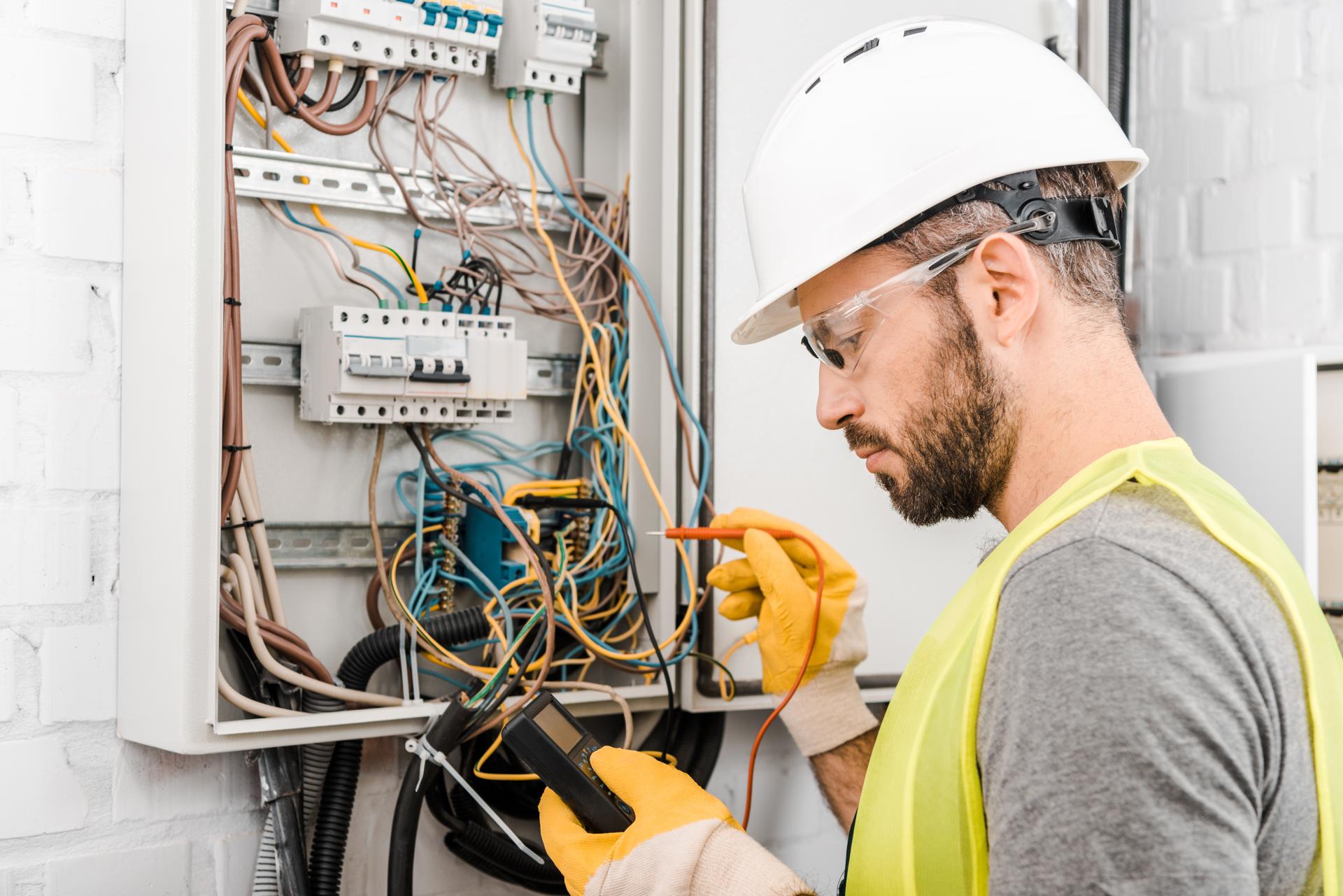The Science Behind Electrical Wiring in Your Home: A Layman's Guide

Electricity is an integral part of our lives, powering everything from the lights in your homes, to devices we use every day. But electricity systems are complex and understanding how they operate isn’t easy. In this article we’ll go over the components of an electrical system and show how circuits operate to power devices and appliances. Our residential electricians can handle any electrical jobs you need.
Components of an Electrical System
A home’s electrical system includes a number of essential components that work to provide power throughout the home. They include:
Breaker box: the central distribution point for electric energy in a house that is where electricity is split into various circuits
Outlets and switches: the places where electricity is delivered to devices and appliances
Wiring: the wires that carry power from the breaker box to the outlets and switches
Electric appliances, devices and equipment: the appliances and gadgets that rely on electricity to function.
Electrical Circuits
An electrical circuit is one which allows electricity to flow from the point of origin (the the breaker box) to the devices and appliances in a home. There are two types of electrical circuits found in a home: 120-volt circuits and 240-volt circuits. 120-volt circuits are used for the majority of household appliances and appliances, while the 240-volt circuits are designed for larger appliances like dryers, air conditioners and electric ones.
Electrical circuits work by creating a loop that allows electricity to flow from the source into the device or appliance. The loop is made up of a hot wire which carries the electricity along with a neutral wire that completes the circuit and the ground wire which provides a path for the electricity to get to the ground in case of a fault.
Understanding the electrical Wiring
Electrical wiring comes in several different types, including non-metallic sheathed cables (NM), armored cable (AC), and conduit. Each type has its own advantages and disadvantages, and the choice of the wiring type is contingent upon the particular requirements that the location requires.
Electricity travels through wiring by creating a flow of electrons in the wire. The electrons flow between the origin and the appliance or device returning to the source through the neutral wire. It is essential to ensure the wiring is put in place and maintained properly, since improper wiring can cause electrical dangers like shocks and fires.
Common Electrical Issues
Common electrical issues that homeowners face include tripping the breakers, flickering lights, and disconnected outlets. The causes of these issues could be by a variety of factors, including overloading circuits, broken connections, and defective wiring.
If you’re experiencing any of these issues, it’s essential to identify the root cause and take action to fix the problem. In some instances, this may involve contacting an accredited electrician to examine and fix the wiring.
Concluding as well as a Call to Action
Understanding the way electrical wiring functions is crucial for ensuring the safety and reliability of your home’s electrical system. By adhering to the guidelines laid out in this guide, you can stay secure and avoid potential dangers.
In case you’ve got any questions or concerns regarding the electrical system in your home, don’t hesitate to contact Local Electrician Greystanes. Our electricians are licensed and have the knowledge and expertise to handle all your electrical requirements. Contact us by phone at 1300 610 481 to schedule a consultation.
FAQ
What are the signs of a faulty electrical wiring?
Signs of faulty electrical wiring could include tripping breakers flickering lights, and dead outlets, to name a few.
How often should I have the electrical system of my house checked?
It’s recommended that you get your home’s electrical system examined by a licensed electrician each 10 years.
What is the lifespan for electrical wires?
The life span of electrical wiring is based on several factors, including the type of wiring, the location it’s located in, as well as the quality of the installation. In general, electrical wiring lasts up to thirty years, or even more, with the proper installation and maintenance.
Do I need to fix electrical issues myself , or do I need to engage an electrician?
Although some electrical issues can be fixed by homeowners, it’s advised that you employ an experienced electrician to complete most electrical repairs. Making attempts to fix electrical problems without proper training and experience can be dangerous and can result in injuries or damages the property.
What should I do if I experience an electrical emergency within my home?
In the event of an electrical emergency the first step is to turn off the power supply to the affected area by shutting off the breaker or the fuse. Then, contact an authorized electrician to examine and fix the problem as quickly as you can.
By following these rules, you can ensure the security and reliability of your home’s electrical system , and avoid potential hazards. Remember, when it comes to electrical repairs or installations, it’s best to leave it to the experts. Contact Local Electrician Greystanes at 1300 610 481 for all your electrical concerns.
